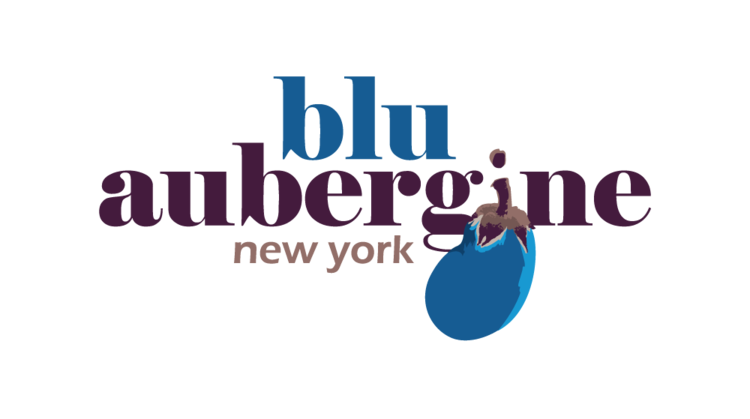
Continuing with my trip down memory lane (brought on by the "death" of my laptop and the subsequent retrieval of old files, including our brunch menus)...the Pasquino American Sunday Brunch in Rome...
Since the Pasquino restaurant, the spot we'd secured for our brunch venture, was a part of the landmark Pasquino English-language Cinema complex, we decided to play with the whole movie/Hollywood theme -- hence "The Breakfast Club" moniker (after the 1985 John Hughes flick).
Full disclosure: In a recent conversation with my friend Patrick, he reminded me of our original working title for our brunch spot, before we'd even secured a location: Daney's. That's right, like Denny's, but combined with Dana. The Americans in the group found it hilarious, and Patrick even printed out a terrible prototype of the logo, having doctored the bright yellow Denny's sign. I wanted nothing to do with "Daney's."
Grazie a dio I was able to talk them out of it and we moved on to a location with an already built-in theme with which to work. Can you imagine me, slinging hash in a hairnet at Daney's?! Holy crap.

Team Breakfast Club
We enlisted the help of my American roommate Leah, for kitchen help. Our friend Elizabeth pulled out her long-dormant waitress skills from her post-grad days. We brought in a couple of other Italian friends to help serve, and we put Peppe behind the bar, our "Calabrese Connection" whom we taught to mix a mean Bloody Mary. Martin helped in the kitchen, but felt his "talents" were best utilized in the front-of-house (he ended up doing a little of both). Gareth and Patrick were our friendly English-speaking male servers, helpfully flirting with our young female clientele. We realized we were still short-staffed in the kitchen though, so we turned to a young American college student named Paul, per Patrick's recommendation. (Us: "Does he have experience in the kitchen?" Patrick: "He sure looks like he could cook up some pancakes!") We arranged for an "interview" with young Paul to make sure he was rigorously vetted. We met at one of our favorite spots at the time, Ombre Rosse, next door to the restaurant (where we had something close to a group 'corporate account' bar tab). After being subjected to torturous questions from us ("How much bacon do you think you could handle cooking at one time?", "Quick! What are the components of a cobb salad?" and "How awesome are cats!?" [Gareth]), we hired the poor guy -- who, incidentally, ended up making a fine short order cook.

We got to work on our menu, knowing we wanted to include brunch staples that weren't available anywhere else: pancakes and bacon, eggs served a variety of ways with classic sides, bagels and lox (for me), sausage biscuits (for Martin), and that elusive Eggs Benedict, for us all. Bagels were nowhere to be found in Rome, so I had to make a few dozen of them at home every Saturday night (quite a task, as it turned out). In addition, I had a full baking roster to round out our menu: New York cheesecake, brownies, and a variety of other sweets and savories. We had several booze and broccoli Romano-fueled dinners over which we discussed menu items and their respective names. We decided to name each dish after a film or a movie reference. Some favorites? "O Bagel, Where Art Though" was fitting as a riff on the Coen Brothers' Oh Brother, Where Art Thou? but also because of the difficulty of finding a damned bagel in The Eternal City. And I still chuckle thinking about our name for a vegetarian sandwich: "Honey, I Left Out the Meat!" (Also hilarious were the various Italian pronunciations of these dish names by our Italian servers who had no clue about what they were ordering from the kitchen: "Cosa sono i pan-cake??" ) Even our drinks had some great names, including a "Fellini" instead of a bellini, and a "Something About Bloody Mary." Genius, no?


We secured our food orders through our various restaurant and green market connections. One of our biggest dilemmas was finding passable "American style" smoked bacon. We located a purveyor, but the bacon came packaged in whole slabs of pork belly, so we convinced Patrick to sweet-talk the owner of a nearby alimentari (food shop) into letting us use his meat slicer for the bacon. We had a built-in laundry service, as Patrick owned the Wash 'n Dry laundromat in the neighborhood. Gareth created CDs to provide our brunch soundtrack. We revved our publicity engines by plastering the city center with our brunch posters, and of course, utilized the ever-effective Italian method of raccomandazione: word-of-mouth.

And so, with all of these elements in place, we began the first real American Brunch in Rome, THE BREAKFAST CLUB, on April 1 (no joke), 2001. We did approximately 90 covers -- restaurant parlance for one customer's entire order, however many courses that may entail -- that first Sunday. We were a hit! We turned tables 2 to 3 times in those 4 hours. We were buzzing along. It wasn't perfect, but it was clear we had a great concept on our hands, and there was definitely an audience hungry for good, authentic brunch food prepared with love and served with a smile.

We celebrated afterward at our old haunt next door, Ombre Rosse -- a bunch of chairs gathered around a couple of small tables outside under the umbrellas in Piazza Sant'Egidio. If memory serves me correctly, we spent all of our week's profits on rounds of drinks for the remainder of the evening. We were exhausted. But it was gratifying, for sure. And fun. Really, really fun.
Stay tuned for part 3...


























